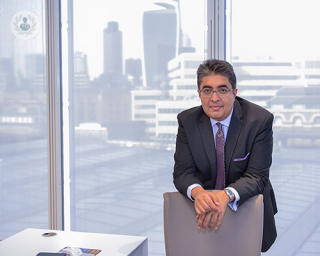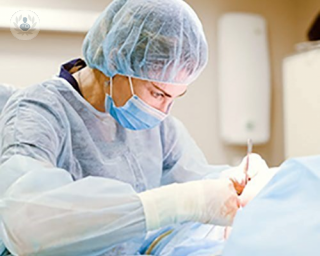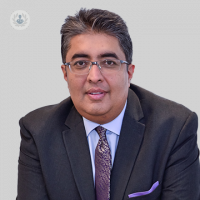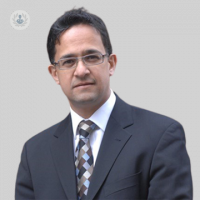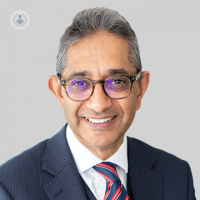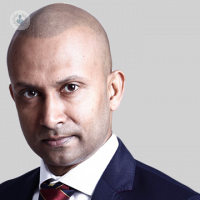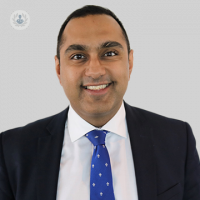Facial plastic surgery
Miss Natasha Berridge - Oral & maxillofacial surgery
Created on: 11-13-2012
Updated on: 04-26-2023
Edited by: Conor Dunworth
What is facial plastic surgery?
Facial plastic surgery is a broad term covering cosmetic or reconstructive surgery performed on the head and neck. A facial plastic surgeon has a strong knowledge of facial anatomy and is highly skilled in procedures concerning the head and neck, either cosmetic or reconstructive.
Specialised plastic surgeons are not the only doctors who may be suitably trained to perform facial plastic surgery. It may be performed by otolaryngology (ENT) surgeons (whose background is conditions of the ear, nose, throat, and related structures of the head and neck), maxillofacial surgeons (who specialise in surgery of the face and jaw), ophthalmologists (who specialise in treating the eyes) and dermatologists (skin doctors).

Common procedures performed by facial plastic surgeons include:
- Rhinoplasty (nose job)
- Neck lift
- Facelift
- Otoplasty (ear surgery)
- Blepharoplasty (eyelid surgery)
- Chin augmentation
Why is it done?
Depending on what it is used for, facial plastic surgery procedures can be divided into two main groups: reconstructive or restorative surgery and aesthetic or cosmetic surgery.
- Reconstructive/restorative surgery (including microsurgery) is focused on disguising the effects of an accident or trauma, congenital anomalies and facial tumours.
- Aesthetic or cosmetic surgery usually treats healthy patients and is done to modify the parts of the face that the patient is not happy with in order to improve their quality of life. Some procedures that are done for aesthetic reasons may also serve functional purposes such as blepharoplasty to improve vision or rhinoplasty to help the patient to breathe more easily.
What does it involve?
The intervention required will depend on the case. First, the the specialist surgeon will assess the patient’s situation and explain the options, including the pre and post-operative process and the results that the patient can expect.
It is very important that in the whole process there is good communication between the surgeon and patient to make sure the patient understands the process, the risks involved and realistic outcomes.
How to prepare for facial plastic surgery
Before the surgery, the specialist may perform tests to check the patient's health and to ensure that he or she can undergo the procedure.
The type of anesthesia, the duration of the intervention and the risks will depend on each particular case.
Care after the intervention
The post-operative care of the intervention will depend on each type of surgery, although in most facial interventions a rest period is necessary after leaving the operating room.
It is also characteristic of facial plastic surgery procedures that swelling develops in the treated area. The final results will take weeks or even months to show, as the inflammation subsides.





